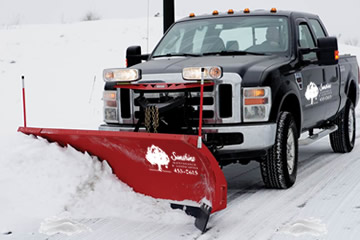
Table of Contents:
1. Introduction
2. Understanding Slip and Fall Incidents
- 2.1. Common Causes of these Injuries
3. Statistics
- 3.1. Incidence in Canada
- 3.2. Costs of Lawsuits and Settlements
4. Preventing These Claims
- 4.1. Personal Responsibility as Homeowners
- 4.2. Landscaping and Outdoor Maintenance
- 4.3. Proper Use of De-Icing Materials
5. Insurance and Liability
- 5.1. The Role of Homeowners Insurance
- 5.2. Understanding Liability
6. Historical Context of These Types of Lawsuits
7. Future Considerations and Trends
8. Conclusion
Introduction:
Picture this scenario: your friend invites you over to see their new home. You stroll up, only to find yourself going down like a sack of potatoes because of an untreated patch of ice. Yikes! Such accidents not only lead to broken bones and bruised egos but can also open up a whole can of worms regarding negligence lawsuits and insurance claims. That’s right! In Canada,these types of incidents are no small potatoes; they are serious enough to make many second-guess their snow removal practices and the overall safety of their homes.
While we might think of these injuries as those unfortunate mishaps that happen to others, the numbers tell another story. Incidents happen more frequently than you’d like to believe, leading to a tidal wave of claims against residential property owners. This essay will peel back the layers on slide on ice and fall lawsuits in Canada, exploring just how often they occur, the costs incurred, and most importantly, how homeowners can take proactive steps to prevent such incidents in the first place.
So, if you’ve ever wondered how a simple stumble can turn into a full-blown legal fiasco, or if you’re just curious about how snow shovelling, landscaping, and proper home upkeep play into this tale, you’re in the right place. Let’s dive into the world of negligence claims, unpack the statistics, and arm ourselves with knowledge on how to navigate this treacherous terrain without losing our footing (or our wallets).
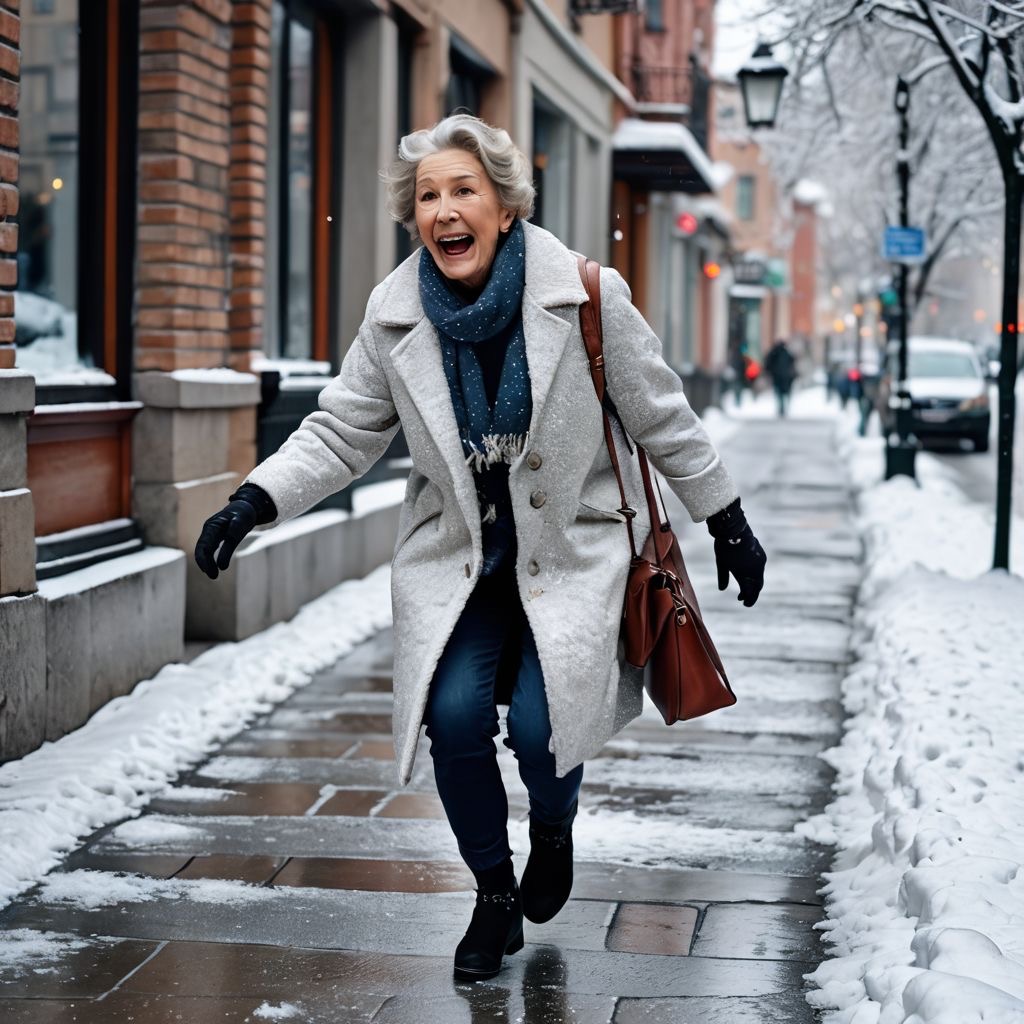
1. Understanding Slip and Fall Incidents:
1.1. Common Causes of These Injuries
These injuries can occur for a variety of reasons. Some of the most common culprits include:
- Ice and Snow: Unshovelled driveways and walkways can create hazardous conditions during winter. Even when shovelled, when icy patches aren't treated effectively, the risk of stumbling skyrockets, leading to accidents that could’ve pretty easily been avoided with proper residential snow removal techniques.

- Uneven Surfaces: Whether it’s a paver stone patio or just a poorly laid-down gravel path, uneven surfaces can trip people up—literally. Landscapers and homeowners must ensure proper installation and maintenance of outdoor surfaces to minimize injury risks.
Winnipeg Rooftop Snow Removal: How to Do It, Safety Considerations and More
- Debris and Clutter: Sometimes, it’s just a simple matter of too much stuff laying around. Whether it’s leaves, tools, or the kid’s or pet’s leftover toys, clutter can lead to falls inside and outside the home.
- Wet Floors: Inside, wet floors can turn a cozy living room into an ice rink. Whether from mopping, spills, or just a rainy day, a slick floor can wreak havoc.
Understanding these common causes is essential for homeowners looking to prevent accidents. But let’s get to the numbers: just how often do these incidents turn into lawsuits?
To read an interesting article about the risks of DIY snow shovelling CLICK HERE.
2. Statistics on Slip and Fall Lawsuits:
2.1. Incidence in Canada
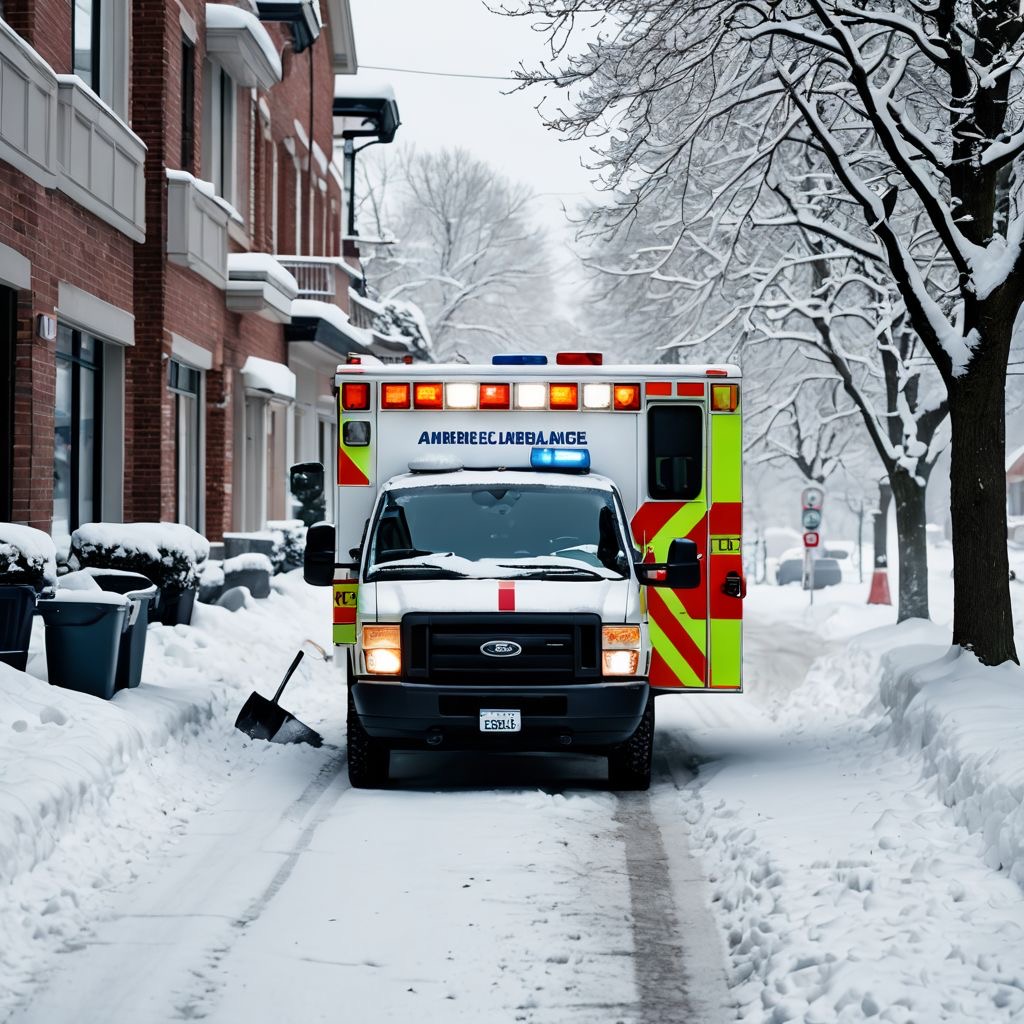
When it comes to these claims in Canada, the statistics are nothing short of shocking. According to the Canadian Institute for Health Information (CIHI), approximately 20,000 Canadians seek hospital treatment for these types of injuries every year (that's over 100 incidents serious enough for a hospital visit, each and every day six months of the year). Yikes! Out of these incidents, a notable percentage happens in residential places, where homeowners are responsible for the safety of their premises. These types of claims account for approximately 40% of all personal injury claims in Canada, further showcasing just how prevalent these situations are.
The nature of these claims often hinges on proving negligence. Claimants must demonstrate that a property owner had a responsibility to keep their premises safe and failed to do so. If that icy driveway or walkway wasn’t sufficiently treated and someone takes a tumble, the homeowner may find themselves facing a lawsuit faster than they can scream, “Grab the salt!”
2.2. Costs of Lawsuits and Settlements
Justice in session: addressing slip & fall claims in the courtroom.

Now, let’s talk dollars and cents. The cost of one of these lawsuits can vary widely but often falls in the ballpark of a few thousand to several hundred thousand dollars in damages. In some severe cases, where significant injuries have occurred (think broken bones or serious head trauma), lawsuit costs can quickly escalate into six figures and even higher. According to a study by the Insurance Bureau of Canada, the average payout for these claims is about $30,000 CDN, which could send any homeowner into a panic over their insurance liability coverage.
Some costs involved include:
- Legal Fees: From hiring a lawyer to court costs, homeowners can face significant expenses before reaching a settlement or verdict.
fees for teams of lawyers can quickly add up.

- Medical Expenses: If an injured party requires treatment, the homeowner may be responsible for those costs, depending on the judgment (note: not all medical treatments are covered under our public health system).
- Increased Insurance Premiums: Following a claim, homeowners may see their premiums skyrocket, making it even more critical to maintain safe premises.
The financial implications of one of these accidents can be daunting, but understanding the potential consequences can help homeowners take proactive measures to safeguard their properties—and their wallets.
3. Preventing Slip and Fall Claims:
3.1. Personal Responsibility as Homeowners
As homeowners, you hold a responsibility not only to your guests but also to yourself and your property. Regular maintenance is key in preventing these accidents. It starts with being proactive—ensuring walkways, driveways, and steps are adequately cleared of snow and ice during winter months can save you from headaches later.
3.2. Landscaping and Outdoor Maintenance
As winter weather sets in, sidewalks, stairs and driveways become a battleground for homeowners and pedestrians alike!
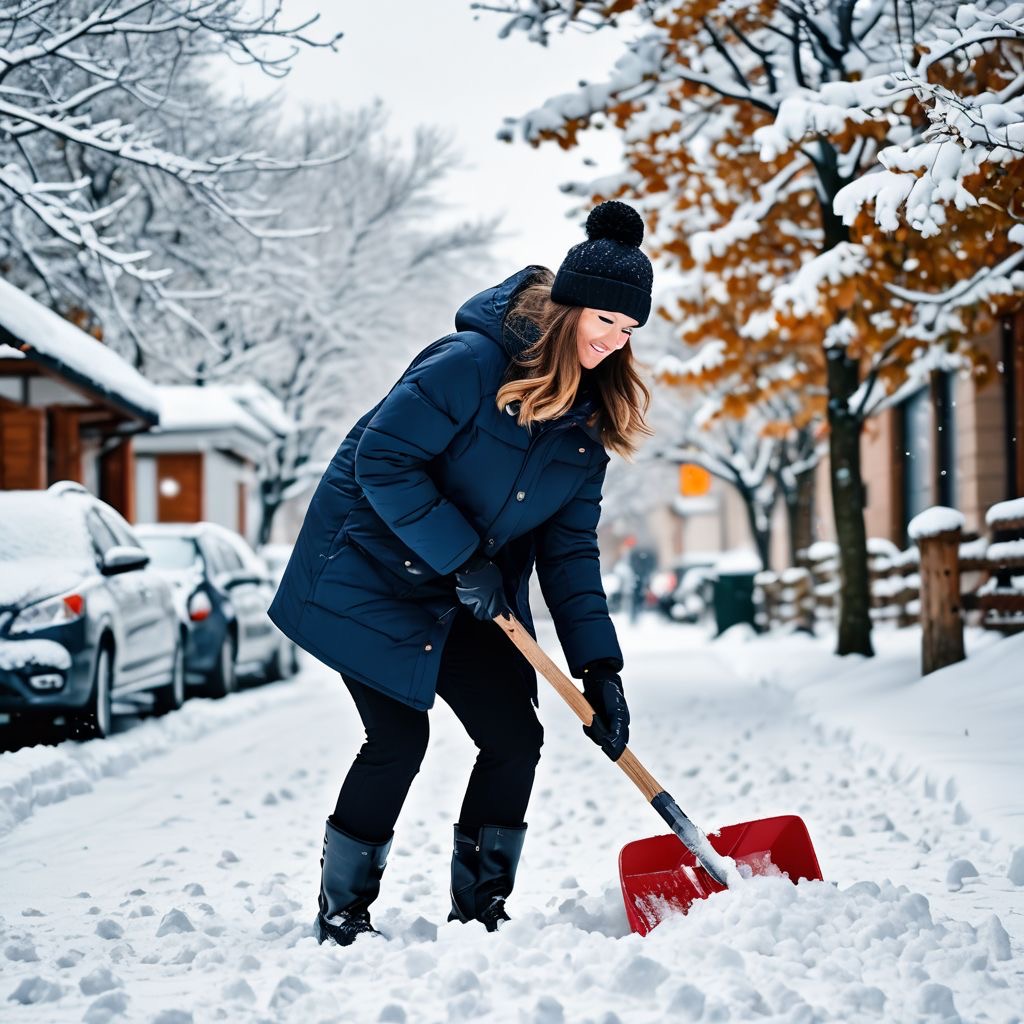
Let’s not overlook the importance of landscaping as a preventative measure. Regularly maintaining your lawn and yard can minimize hazards. Here are some examples of effective landscaping practices to consider:
- Proper Grading: Ensure your property is graded to allow for effective drainage, preventing puddles from forming in high-traffic areas.
- Even Pathways: Landscapers should ensure any pathways are level and well maintained. Uneven surfaces lead to accidents faster than you can say "liability."
- Lighting: Install motion-activated lights or adequate outdoor lighting. A well-lit pathway can significantly reduce night-time accidents and demonstrate a homeowners pro active efforts to head off a negligence claim.
3.3. Proper Use of De-Icing Materials
When winter strikes, the use of de-icing materials can make or break your safety strategy. Consider products like calcium or magnesium chloride. These are effective but less damaging to soil and surfaces than salt.
Additionally, homeowners should always monitor weather conditions and apply materials accordingly. Having reliable “snow removal companies near me” under contract can save time and help ensure properties are safe for visitors.
Ready to chat about your snow management needs?
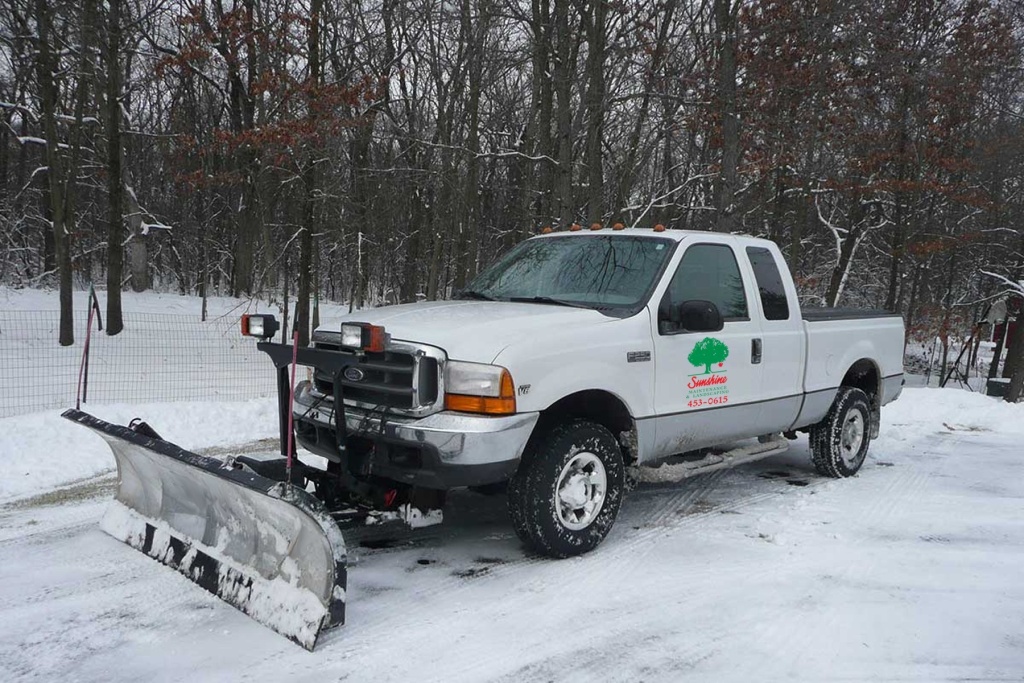
Reach out by call or text to: 204-229-9789 or click here to submit your information today to arrange a “no obligation” introductory phone call. We look forward to helping you with your yard.
4. Insurance and Liability:
4.1. The Role of Homeowners Insurance
Homeowners insurance is your safety net when it comes to covering liabilities for these accidentsl. Often, policies will cover the costs associated with legal defense and any settlements or judgments. However, it’s essential to understand the specifics of your policy. Here's what to keep in mind:
- Liability Limits: Review your liability coverage limits to ensure you’re protected adequately. Increasing limits might cost a bit more but adds a layer of safety.
- Exclusions: Be aware of any exclusions in your policy that might leave you vulnerable. If you’re engaged in activities outside typical residential use—like renting out your home or operating a business out of your home—ensure you understand your coverage.
4.2. Understanding Liability
Liability comes into play when someone argues that a property owner failed to remedy a dangerous situation, leading to an injury. It’s all about responsibility. Visitors assume that a homeowner maintains safe conditions. Here are essential aspects of liability to consider:
- Actual and Constructive Notice: If you knew or should have known about a hazard, you may be liable if someone gets hurt. Maintaining a consistent routine for checking and clearing potential hazards is crucial.
- Invited Guests vs. Trespassers: Keep in mind that invited guests have more protection under the law compared to trespassers. Properties should be safe for all legal entrants, which means maintaining clear paths and secure entrances.
5. Historical Context of Slip and Fall Lawsuits:
The genesis of these types of lawsuits can be traced back centuries. As cities developed, the responsibility of property owners to maintain safe conditions became established. In the late 19th and early 20th centuries, the legal system began to provide a framework for holding property owners accountable, thanks in part to increased urbanization and associated risks. From the infamous "Woolworth's Counter" case in the U.S. to Canadian court cases that shaped liability standards, the history of these claims has influenced current policies that govern personal injury law.
As communities grow and property usage changes, the legal precedents set in earlier days continue to shape how courts view negligence and liability today. Homeowners must recognize that these precedents can impact their decisions on lawn care, landscaping, and snow shoveling.
Sunshine: 30+ years of lawn care, landscaping anf snow management experience.

6. Future Considerations and Trends:
As we peek into the future of these types of lawsuits, an interesting dynamic is taking shape. With the advancement of technology, we are seeing a surge in risk management strategies that hold potential to minimize these incidents significantly. Innovations such as:
- Smart Home Technology: Advanced sensors could warn homeowners of hazardous conditions (like icy surfaces).
- Wearable Tech: Smart shoes that detect slick surfaces might become commonplace, putting safety first.
Moreover, as weather patterns change, property owners will have to adapt to new challenges posed by varying weather conditions, which will require them to reassess their snow removal and ice management methods.
We may also see a shift in legal standards that put even greater emphasis on preventive measures and personal accountability.
Conclusion:
In summary, these types of injuries represent a significant issue in Canadian residential (and commercial) settings. With thousands of accidents leading to lawsuits each year, understanding the implications of these incidents becomes overwhelmingly essential for property owners. We’ve explored the myriad causes of these lawsuits, their potential financial burden,and ways to prevent those dreaded accidents from ever happening. I think the case has been made for the value of prevention.
As property owners, you are tasked with maintaining a safe environment for any visitors. From implementing safe landscaping practices to utilizing the right de-icing materials, ensuring your property is devoid of hazards can save you, your guests, and your wallet from an unfortunate tumble into the world of litigation. By taking personal responsibility and carefully and thoughtfully maintaining your property you can create a safer space for everyone (including yourself) while defending an accusation of negligence and avoiding the costs associated with lawsuits and insurance claims.
Sunshine: to help you maintain your property.
